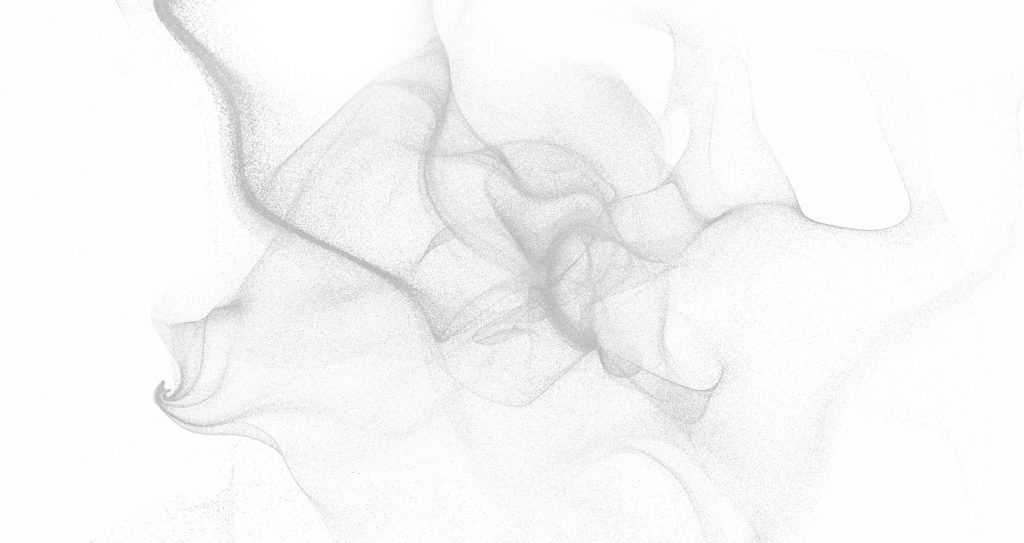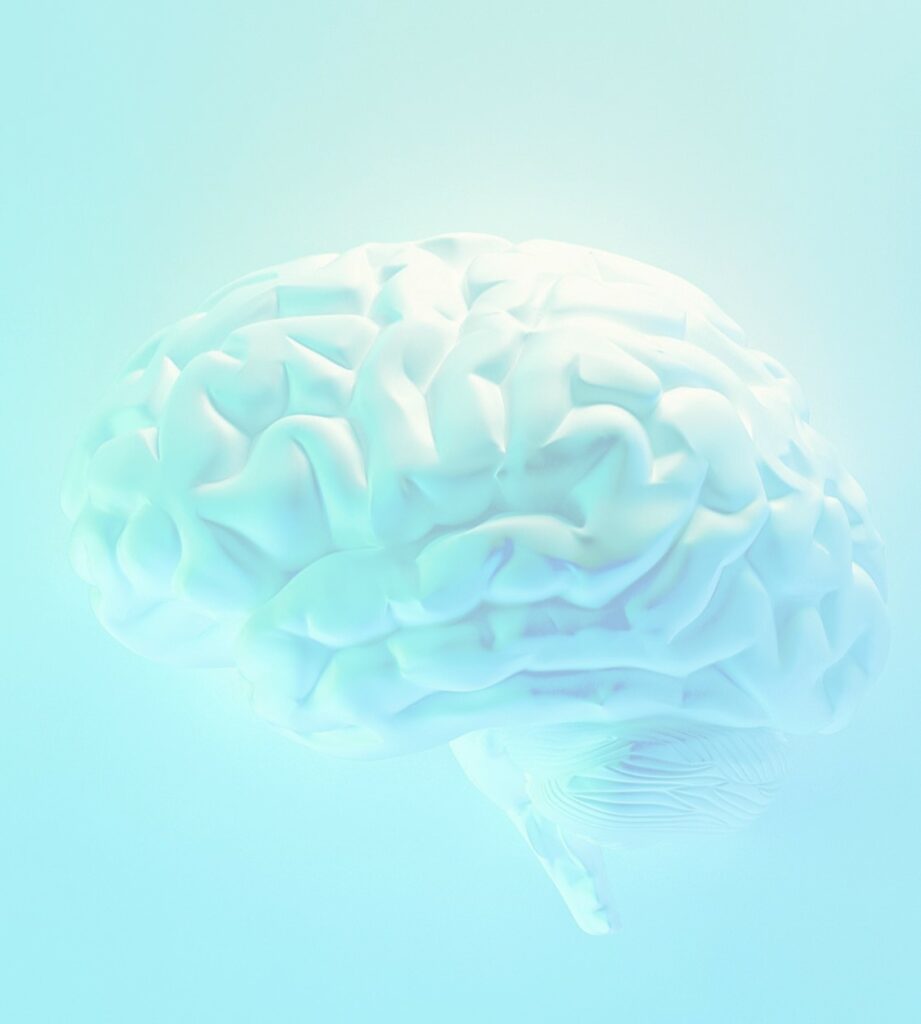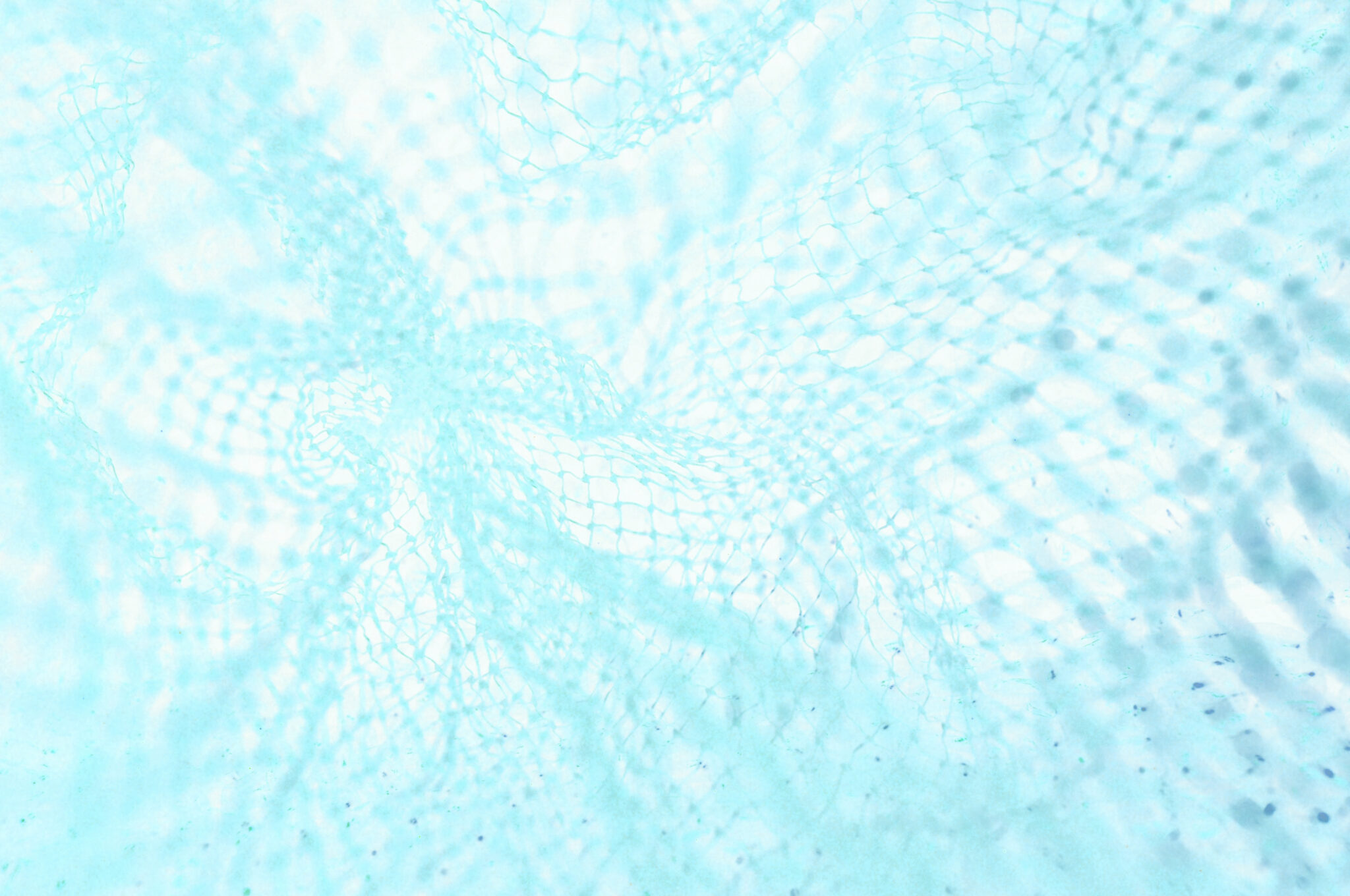Science & Technology
Phosphoenix’s solution provides comprehensive visual field coverage through high-density, ultra-flexible probes, stimulating nerve cells in the brain to generate functional low vision.


Interfacing with the brain
Blindness affects ~40 million people thoughout the world, and is set to increase due to the ageing population. Leading causes in the developed world include age-related macular degeneration, diabetic retinopathy, and glaucoma.

Our prosthesis bypasses the eyes and interfaces directly with the brain. The user would wear a pair of glasses equipped with a camera, that sends the video feed to a pocket processor. Advanced AI techniques convert video footage into instructions for electrical stimulation in real time. Our brain implant applies tiny electrical pulses to the visual system, inducing artificially generated percepts in the form of dots of light, known as ‘phosphenes.’ Generation of multiple phosphenes creates an interpretable image, akin to a constellation of stars in the night sky.
Our breakthrough innovations
- Maximised visual field coverage
>1,000 electrodes allow blind people to regain vision across a large area of the visual field in greater detail - Minimal surgical risk
Minimally invasive surgical procedure - Increased longevity
Flexible probes and advanced encapsulation technology for long-lasting implants - Improved mobility
Wireless power and communications reduce the risk of infection and improve quality of life - Smart image processing
Advanced algorithms extract the most relevant information from the user’s surroundings

Previous pre-clinical work on vision restoration
Recent discoveries at the Netherlands Institute for Neuroscience (NIN) show that newly developed high-resolution implants in the visual cortex make it possible to recognize artificially induced shapes and percepts. Our findings were published in the leading academic journal, Science (Chen et al, 2020).
Electrical stimulation
When electrical stimulation is delivered to the brain via an implanted electrode, it generates the percept of a dot of light at a particular location in visual space, known as a ‘phosphene.’ Our team co-developed high-resolution implants consisting of 1024 electrodes and implanted them in the visual cortex of two sighted monkeys. The monkeys first performed a simple behavioral task in which they made eye movements to report the location of a phosphene that was elicited during electrical stimulation of a single electrode.
Recognizing moving dots and letters
We created interpretable images by delivering electrical stimulation simultaneously via multiple electrodes, to generate a percept composed of multiple phosphenes. The monkeys carried out complex tasks, such as a direction-of-motion task, in which microstimulation was delivered on a sequence of electrodes, and a letter discrimination task, in which microstimulation was delivered on 8-15 electrodes simultaneously, creating a percept in the form of a letter. The monkeys successfully recognised shapes and percepts, including lines, moving dots, and letters, using their artificial vision.
These results led to the founding of Phosphoenix in 2019. Our company’s mission is to build a neuroprosthetic device that would allow profoundly blind people to regain functional vision and to recognize objects, navigate in unfamiliar surroundings, and interact more easily in social settings, significantly improving their independence and quality of life.
